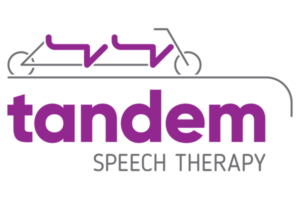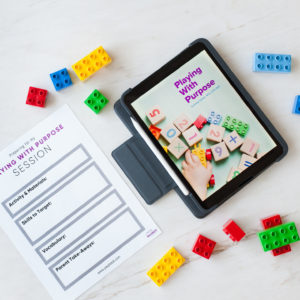My inspiration for this week’s blog post came when I was shopping at Target and found great books in their Dollar Spot. They are adaptations of popular children’s stories. Each book comes with a variety of felt characters and items related to the story. The felt books are interactive and provide many opportunities for language stimulation. Looks how cute they are!
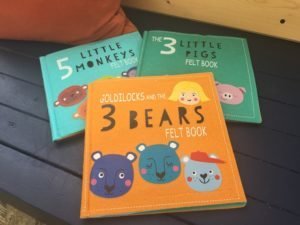
In general, exposure to books provides countless benefits such as:
- learning new vocabulary
- organizing thoughts and ideas
- learning new sentence structures
- building narrative language skills
- developing inferencing and problem solving skills
- fostering imagination
- social emotional development
- promoting attention to tasks
- strengthening listening comprehension
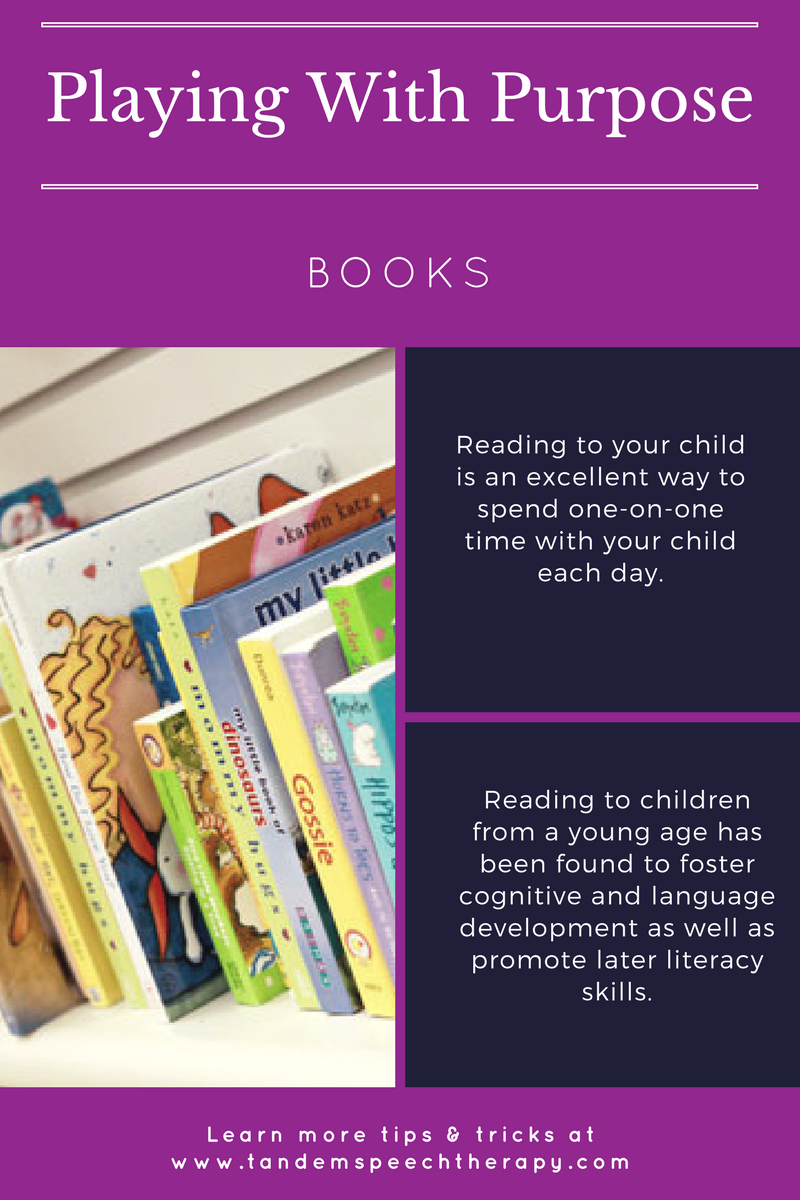
Felt books are fun for children because it allows them to be creative and develop their own stories. You can encourage them to be the “reader”, by using the pictures to tell the story in their own words.
Felt books or books with moveable parts are fantastic tools to help children increase their abilities to follow directions. The Melissa and Doug Play Sets are some of my favorites. You can start simple with a direction like “Put the cow next to the barn.” As your child’s abilities grow, the directions can become more complex to include multiple steps and concepts.
Top 5 Tips for Playing With Purpose Using Books
- Use books to introduce new vocabulary. Talk about the new words you encounter while reading and give your child examples. Perhaps you are reading ‘Where the Wild Things Are’ and you mention the word giant. You might tell your child “Giant means big. A dinosaur is giant! Can you think of some giant things?” Try to use their new vocabulary words throughout the following week.
- Ask your child questions about what’s happening in the story. By asking your child questions while reading, you can monitor their comprehension (aka understanding or receptive language), while also practicing various wh- questions. For example: “Who has an umbrella?”, “What is mama bear doing?” or “Where is the dog?”.
- When you are reading books with older children make predictions. This is an excellent way to build inferencing, problem solving and imagination. Brainstorm with your child what might happen in the story, or how a character might solve a particular problem.
- Another way to get creative with books is to make your own book. Print out pictures from a family outing or event. Help your child sequence the pictures in the correct order, and glue them in a construction paper book. Help your child create sentences to go with each picture, and then share book with family and friends. They can even “read” the book themselves.
- When reading with young children who may not have many words yet let your child fill in words. As your child becomes familiar with a particular book, leave out key words and let your child fill them in. This works especially well in repetitive books such as Brown Bear Brown Bear. You might say “Brown bear brown bear, what do you ___?”
Let your child set the pace, and look for signs that indicate whether or not they are enjoying reading. Reading should be a positive experience, so avoid forcing your child to read beyond their attention span. Don’t worry if your child only wants to read part of a book before moving on. Instead, give them lots of positive praise for moments when they share or listen. Let them know how much your enjoyed your time reading with them.
More fun with books from the Dollar Spot at Target. Go check out your local store!
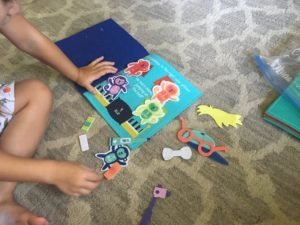
Be the 1st to Get Our Upcoming PWP eBook
Start Playing With Purpose
Learn how to purposefully and intentionally interact with your child during play and help them increase opportunities for speech and language development with our Playing with Purpose book!
